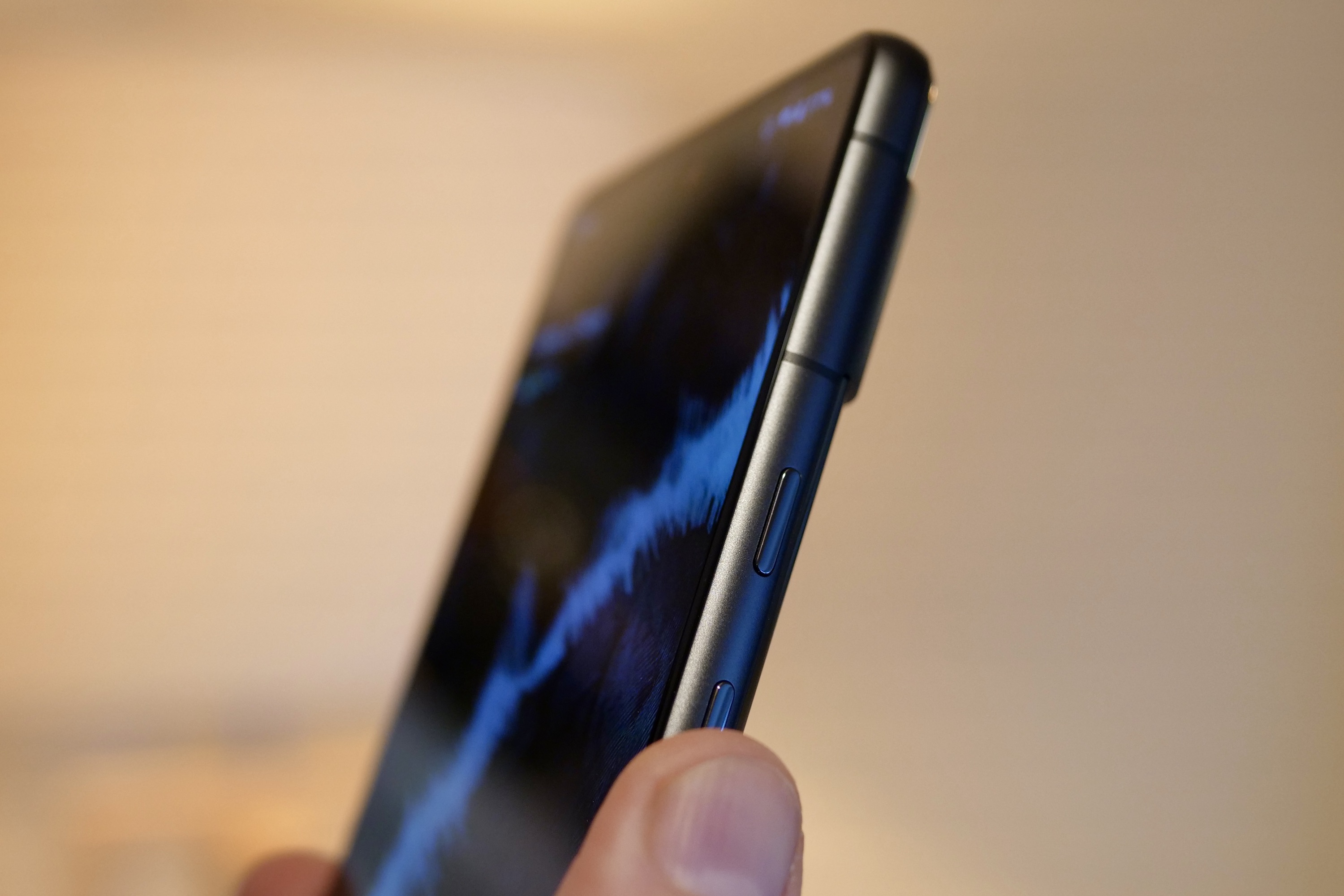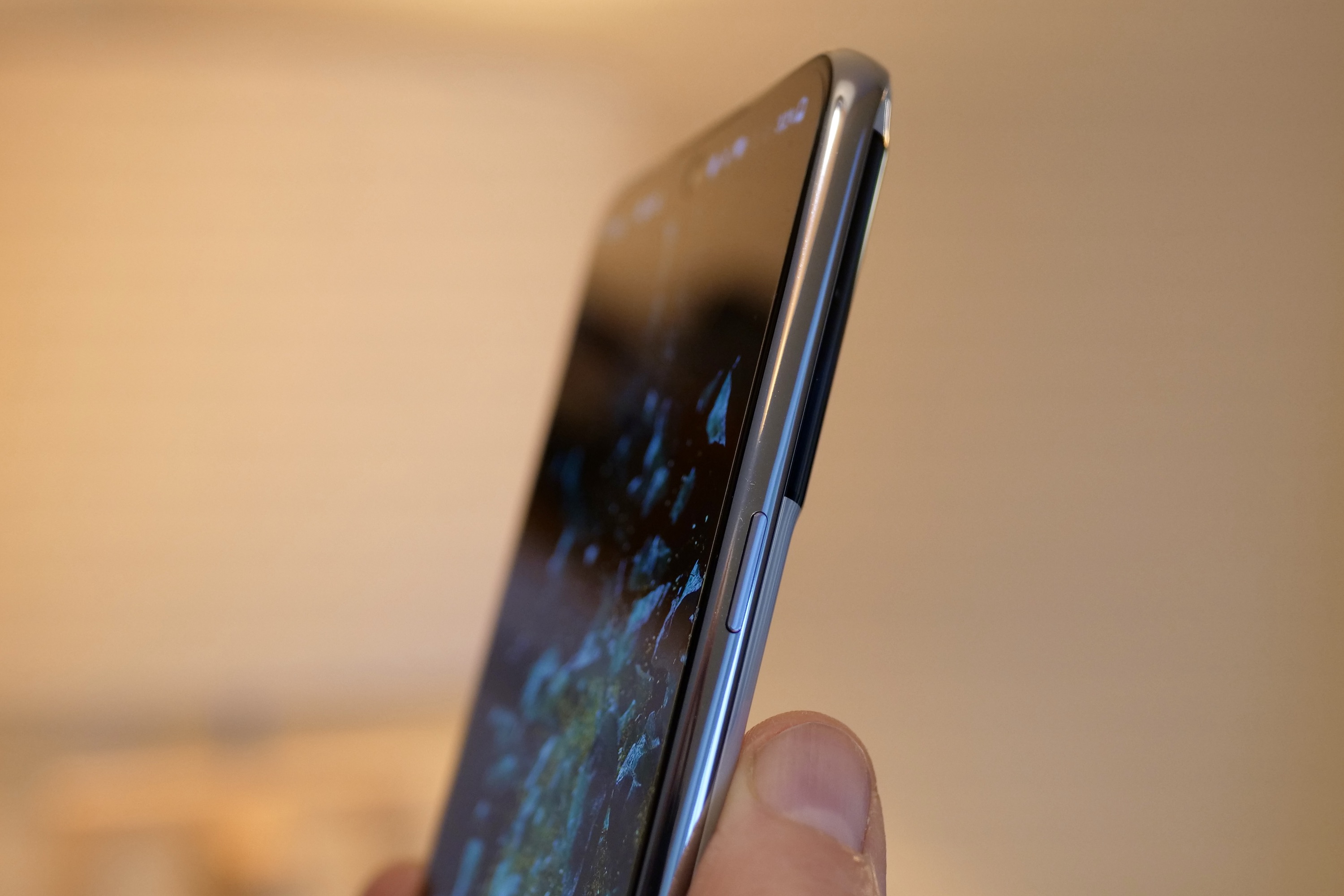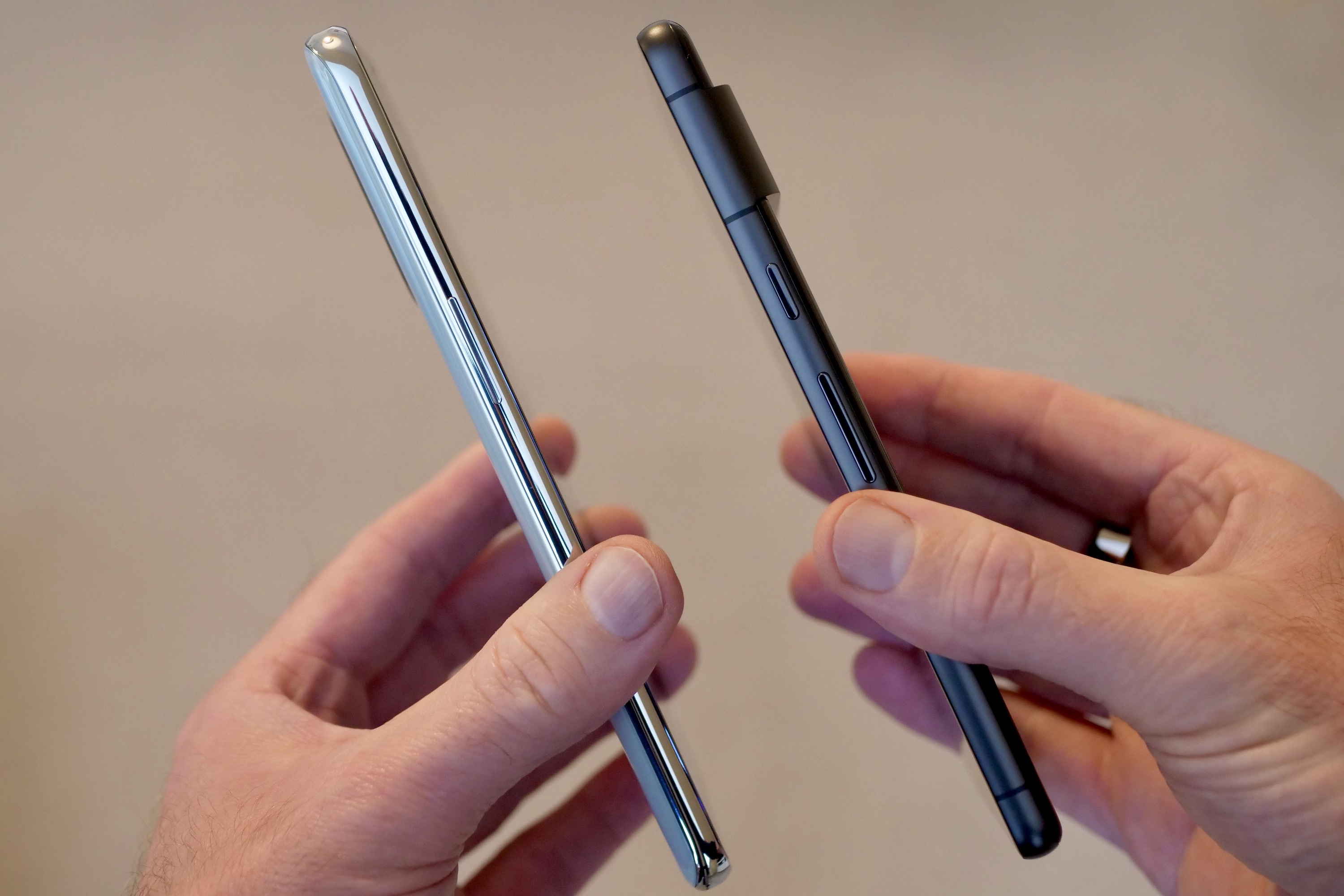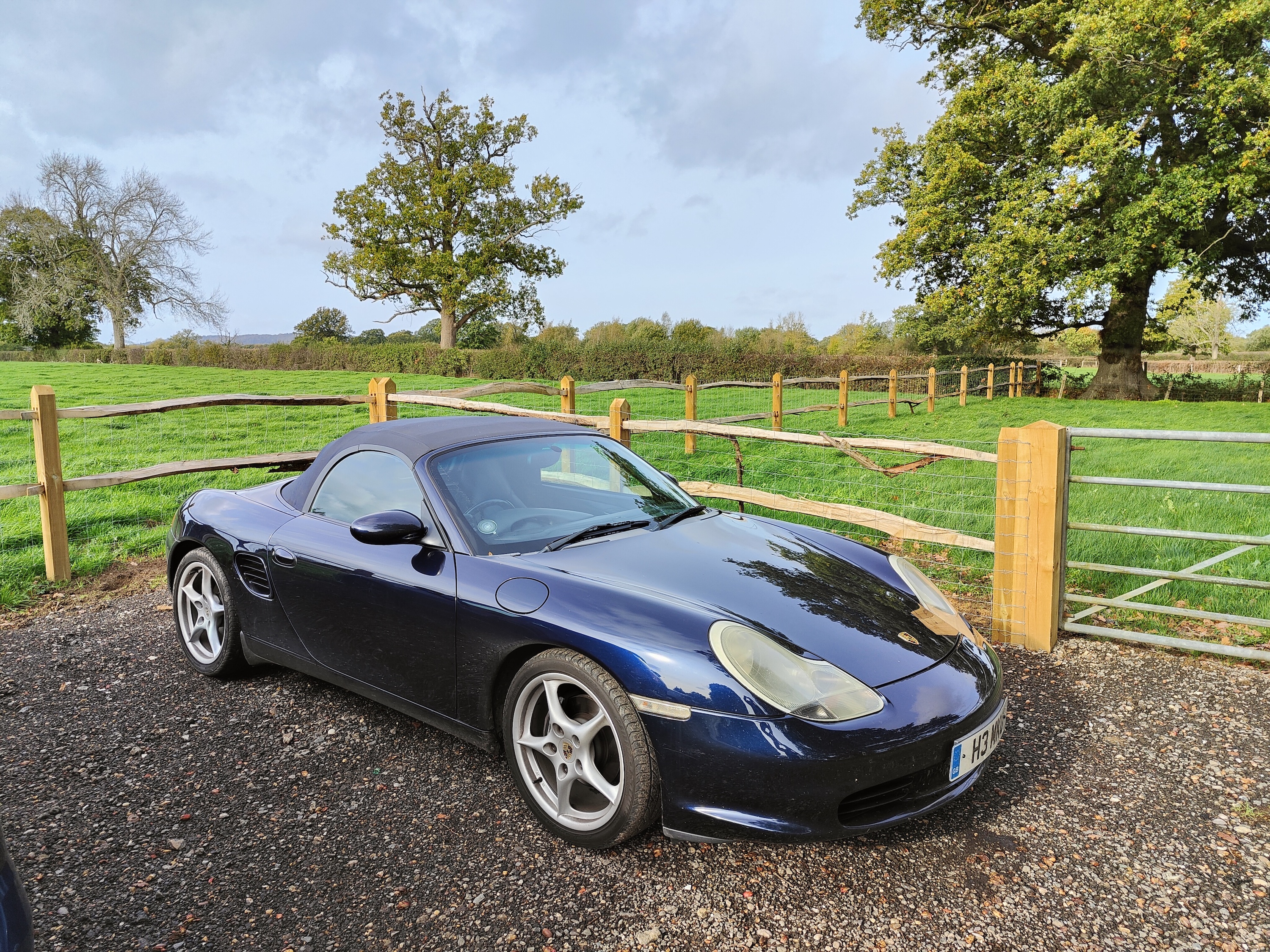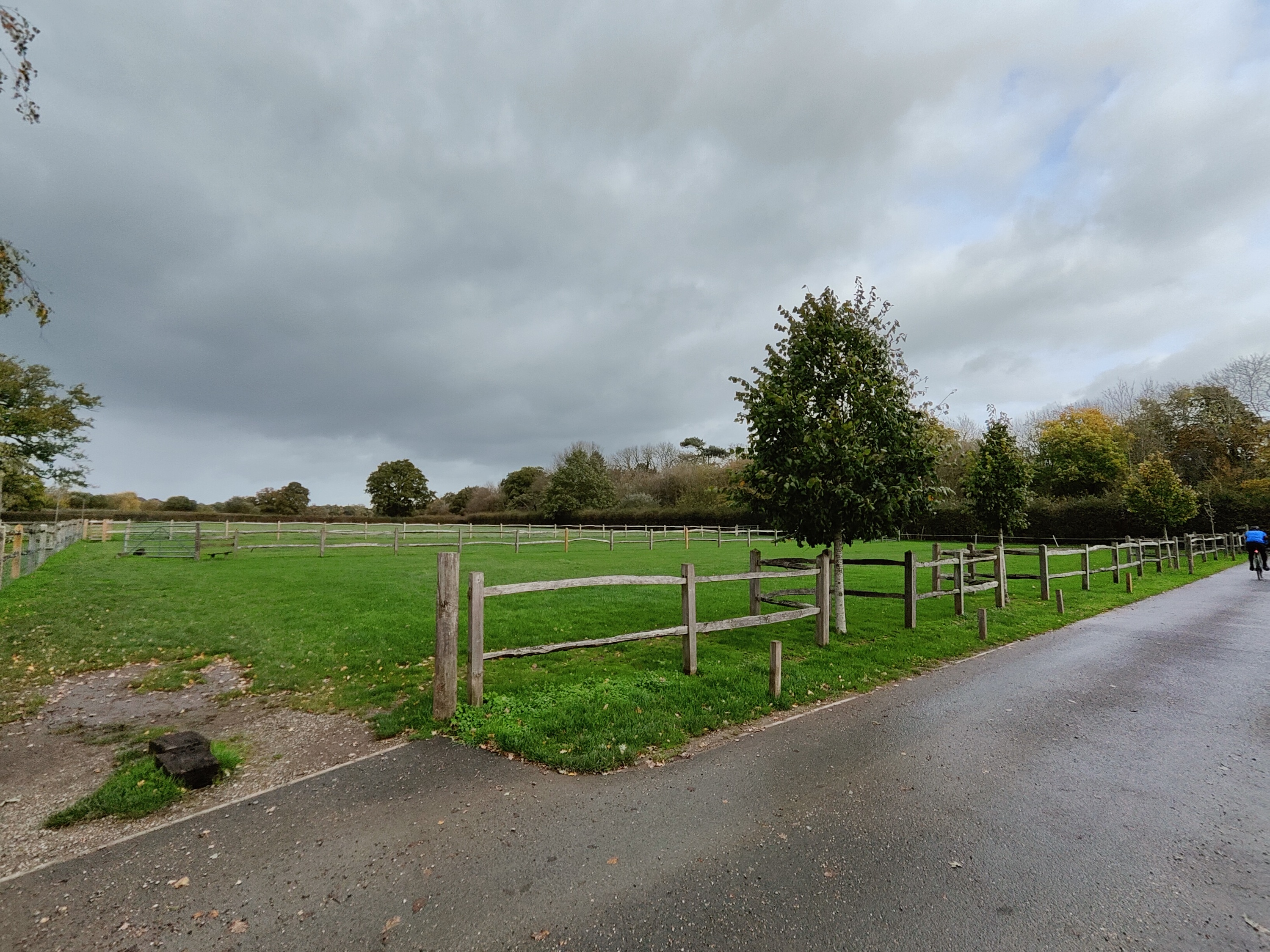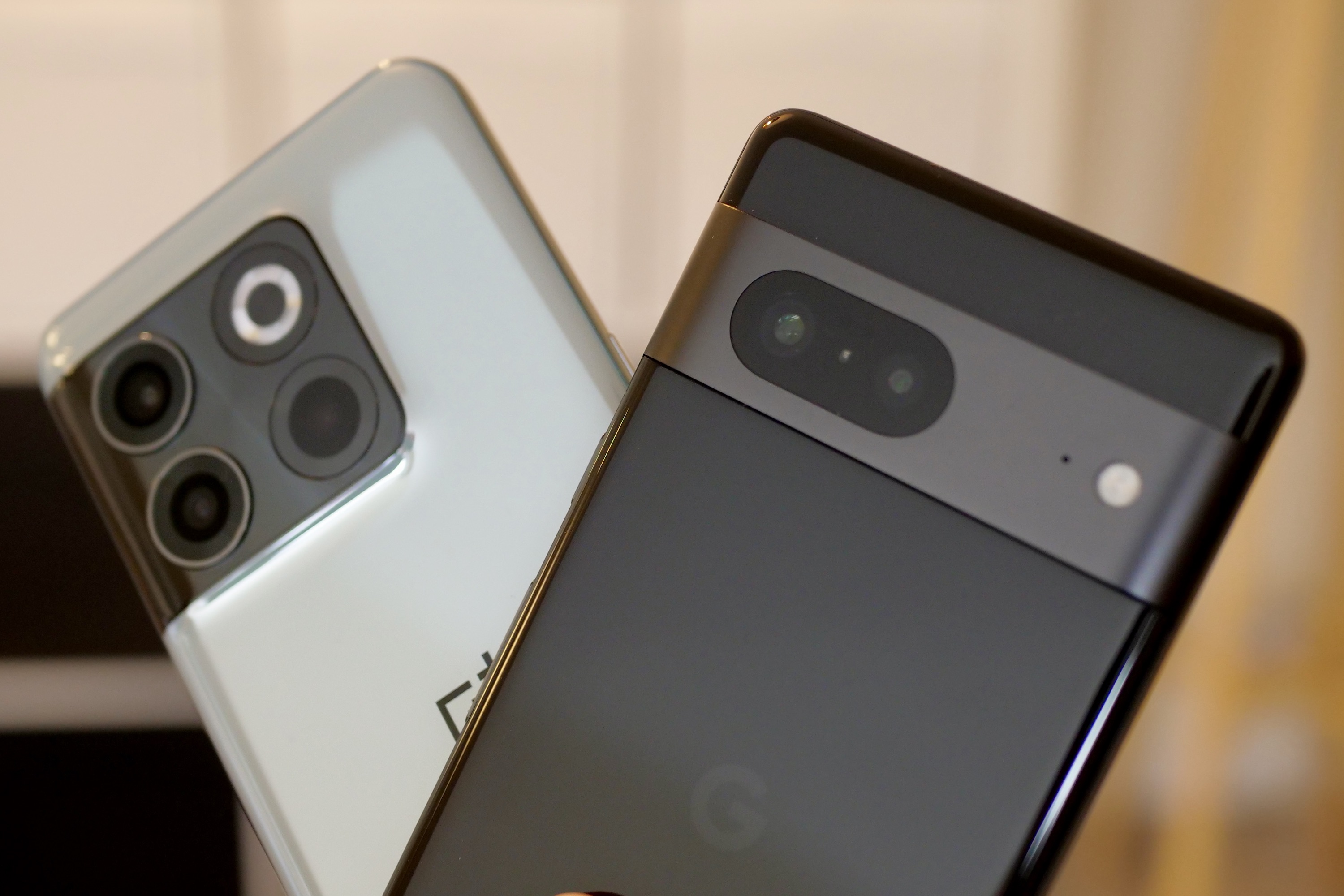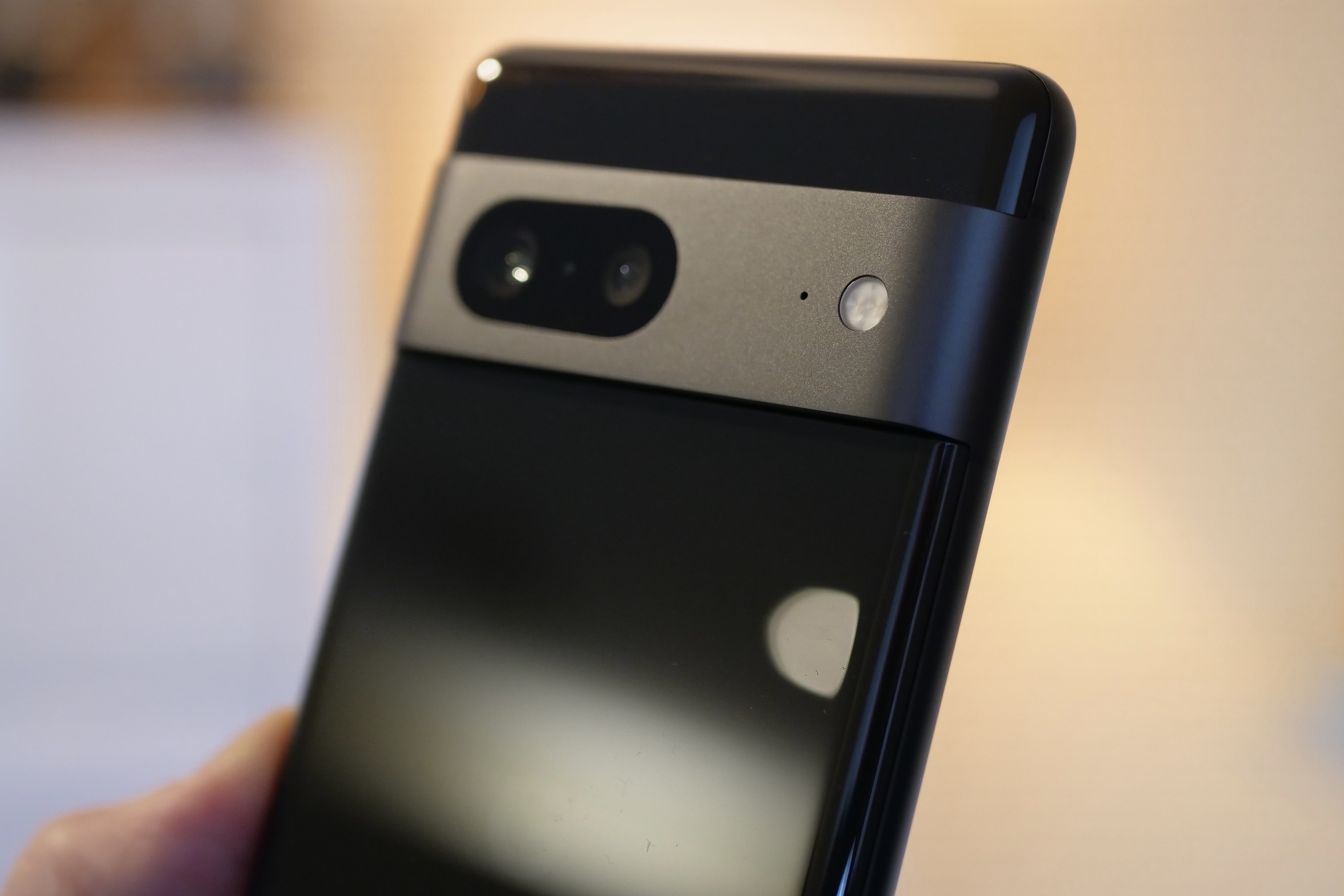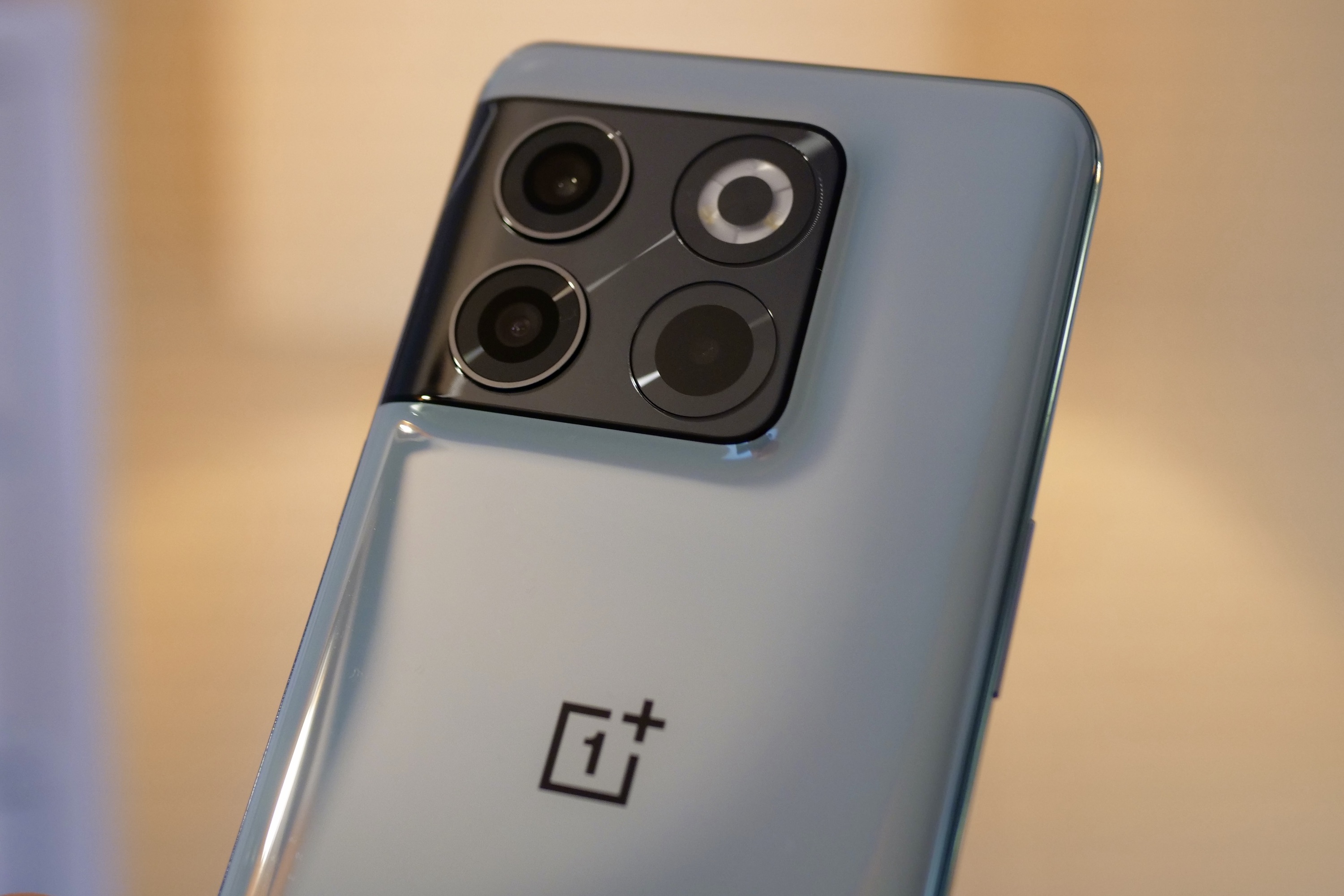The OnePlus 10T is a strange phone, and I didn’t really take to it when I first reviewed it at the end of September. As I prepared to revisit the 10T to see if time had been kind to it, I had to swap my SIM card from a phone that’s going to cause the OnePlus phone more problems: The Google Pixel 7.
After using them sid by side for a day, the question becomes is there anything about the OnePlus 10T that should convince you to buy it over the Pixel 7?
The importance of good design

Looks were never the OnePlus 10T’s problem, and that has not changed even when compared with the Pixel 7. The 10T’s design is suitably reminiscent of the superior OnePlus 10 Pro, with some of the cutting-edge manufacturing techniques from Oppo thrown in for good measure. The way the camera module blends into the rear panel is very attractive, and straight off the Oppo Find X5 Pro. It’s a good-looking phone.
However, the plastic chassis looks and feels cheap, especially compared to the Pixel 7’s metal chassis and high-gloss rear panel. Take a look at one of the photos in the gallery below to spot how the OnePlus 10T has picked up scratches already, illustrating why it’s a mark against the phone.
Even in boring black, the Pixel 7 is fantastic to look at, and the visor-like camera module is just as much a standout design feature as the 10T’s camera module. The two phones are also a different shape, with the taller OnePlus phone being easier to manage with one hand, but feels less expensive and not as modern as the Pixel 7.
The OnePlus 10T’s fingerprint sensor and its face unlock are faster, and crucially, so is the charging speed. Plug the OnePlus 10T into the included charger, and the battery zips to 100% in 20 minutes; it takes more than three times that for the Pixel 7 to reach its maximum capacity. I prefer the way the Pixel 7 looks and feels, but it can’t match the charging speed of the OnePlus 10T, making it one of the main (and only) reasons why someone would choose it over the Pixel 7.
Similar performance, different software

The OnePlus 10T has probably the best processor available at the moment, the Qualcomm Snapdragon 8+ Gen 1, and with it comes masses of performance and an impressive level of efficiency. When playing Asphalt 9: Legends for 30 minutes, there’s absolutely no concern over speed and power. The Pixel 7 and the Google-developed Tensor G2 processor provide the same level of performance when playing the game, and both phones are generally smooth and pleasurable to use.
I can’t really see much of a difference between the two screens either, despite the OnePlus 10T’s 120Hz refresh rate being higher than the Pixel 7’s 90Hz. And as the resolution and pixel density are about the same, they’re both first-class multimedia phones. There are only small differences when you look closely, with the Pixel 7 appearing a little brighter and with an ever-so-slightly more attractive tone. The Pixel 7’s speakers are higher quality, though, with more clarity and less distortion.
Now we come to an important difference: the software. The Pixel 7’s clean, fuss-free installation of Android is a world apart from the more complicated, more intrusive Android 12-based OxygenOS 12 on the OnePlus phone. There’s a fluidity and no-nonsense approach to the menus and navigation on the Pixel 7 that’s missing from the less intuitive and more annoying OnePlus 10T. Although it’s supposedly coming, it’s shocking the 10T doesn’t have Android 13 yet.
When faced with the two phones, I gravitate towards the Pixel 7 when I go to pick one up and check Twitter or a Teams message. It’s generally a touch faster, I prefer the animations, and it has a more modern feel to the software. They both play games in the same way, so performance isn’t an issue, but the Pixel 7’s software makes it by far the more agreeable everyday companion.
Camera quality isn’t even comparable
Both phones have a 50-megapixel main camera, but the Pixel 7 has a 12MP wide-angle camera compared to the OnePlus 10T’s 8MP wide-angle shooter, and there’s barely any point in mentioning the 10T’s 2MP macro camera. The two main cameras have very different specifications, but the best way to understand the differences is to see the photos they take, as they are very different indeed.
The Pixel 7’s camera is just superb, with realism the OnePlus 10T can’t hope to replicate. The main camera’s colors, shadows, and tone are beautiful, while the OnePlus phone relies on amping up the saturation to make its photos catch your eye. The Pixel 7’s HDR effect and the way it balances shadow and detail is a far more mature and visually pleasing way of doing the same thing.
The differences are even more noticeable when switching to the wide-angle camera. The OnePlus 10T’s 8MP camera avoids detail like it’s poisonous, and the photos are pixelated and low quality when you dare to zoom in. The Pixel 7’s wide-angle camera is far better, offering plenty of detail and sharpness. It’s absolutely no contest between the two phones when it comes to the camera — the Google Pixel 7 is vastly superior.
The Pixel 7’s final advantage: price
The cheapest OnePlus 10T is yours for $650 or 630 British pounds, while the Pixel 7 starts at $600 or 599 pounds. I won’t sugarcoat this: if you’re wondering which phone to buy between these two, you should absolutely buy the cheaper Pixel 7. Using them back-to-back reveals the two phones are very different and highlights just what a step in the wrong direction the OnePlus 10T is for OnePlus.
Does the 10T have any redeeming features? The fast charging is a real reason to buy a OnePlus phone, just not the 10T, as the charging speed is basically the same on the OnePlus 10 Pro — which is a better phone overall. The Snapdragon 8+ Gen 1 is incredibly capable too, and the phone is available at a reasonable price. My problem with the 10T is it has many good aspects, but it’s let down by the fundamentals, from the materials to the software usability.
When I review a phone that doesn’t reflect what I know the manufacturer is capable of, I often look forward to revisiting it to see if my opinion has changed, or if updates have improved it in some way. Sadly, the OnePlus 10T hasn’t become a more enticing device in the month since it launched, and its mediocrity is only emphasized by the excellent Pixel 7’s lower price and impressive ability.
